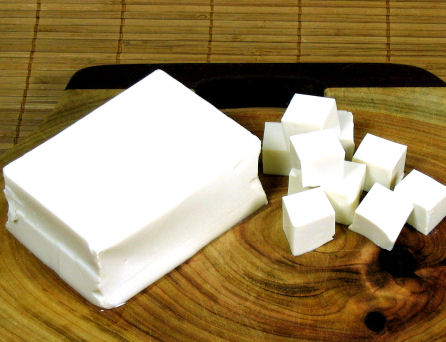There are a lot of foods that are rich in proteins, but these protein-rich foods about to be mentioned are essential in increasing the amount of protein in your body. They are all nutritious and good for you, so there is no reason why not to eat them.
Beef and Pork:
One of the best foods to eat when you need protein would have to be lean red meat like beef and pork. A portion of beef and pork would be characterized as having one ounce of each in it according to the American Diabetes Association. There are about 7 grams of protein in each portion and serving of beef and pork. Therefore, this is a great way of getting protein into your body. You can definitely have more than one portion of meat, so there is an opportunity to gain a lot of protein with each meal that beef and pork are in that you digest.
Chicken and Turkey:
Chicken and turkey are both great alternatives for beef and pork. Even though they are not red meat, the nutritious content and amount of protein in each is a lot. Chicken breast, turkey cutlets, drumsticks, cornish hens, thigh, duck, and goose each contain 7 grams of protein per ounce as well. Although 7 grams is a lot of protein, there are ways to get rid of the excess fat in each kind of meat. One can get rid of excess fat by removing all skin and visible fats.
Milk and Dairy:
Milk can be a great source of protein from a variety of animals. Some of these animals include cow and goat. The portion for these kinds of milk, rice, and soy is 8 fl. oz. Other ways of getting protein are cheese, yogurt, and cottage cheese. Every ounce of any of these three would provide a person with 7 grams of protein. Additionally, eating one whole egg or eating 2 egg whites provide a person with 7 grams of protein per egg, which is the same as most meats.
Vegetarian Foods:
It can be difficult for vegetarians to get as much protein as they should into their body because there are less options available to them, but it is still possible. There are still a myriad of options a vegetarian has in order to get protein into their body. Soy is a great protein source for vegetarians, as is tofu. Four ounces of soy gives off the same amount of protein as one ounce of chicken (seven ounces). Most packages of vegetarian foods actually have about 14 ounces of protein in them.
Nuts and Seeds:
There are a lot of snacks which can be alternatives to protein bars. These alternatives are in the form of nuts and seeds. Each ounce of nuts provides 7 grams of protein as well. Instead of having chicken, nuts can be taken to get these necessary grams of protein. Even great-tasting seeds, like sunflower seeds, have 7 grams of protein in them for one tablespoon serving. Thus, you can eat healthy and maintain high protein levels while still eating food you enjoy.
Beef and Pork:
One of the best foods to eat when you need protein would have to be lean red meat like beef and pork. A portion of beef and pork would be characterized as having one ounce of each in it according to the American Diabetes Association. There are about 7 grams of protein in each portion and serving of beef and pork. Therefore, this is a great way of getting protein into your body. You can definitely have more than one portion of meat, so there is an opportunity to gain a lot of protein with each meal that beef and pork are in that you digest.
Chicken and Turkey:
Chicken and turkey are both great alternatives for beef and pork. Even though they are not red meat, the nutritious content and amount of protein in each is a lot. Chicken breast, turkey cutlets, drumsticks, cornish hens, thigh, duck, and goose each contain 7 grams of protein per ounce as well. Although 7 grams is a lot of protein, there are ways to get rid of the excess fat in each kind of meat. One can get rid of excess fat by removing all skin and visible fats.
Milk and Dairy:
Milk can be a great source of protein from a variety of animals. Some of these animals include cow and goat. The portion for these kinds of milk, rice, and soy is 8 fl. oz. Other ways of getting protein are cheese, yogurt, and cottage cheese. Every ounce of any of these three would provide a person with 7 grams of protein. Additionally, eating one whole egg or eating 2 egg whites provide a person with 7 grams of protein per egg, which is the same as most meats.
Vegetarian Foods:
It can be difficult for vegetarians to get as much protein as they should into their body because there are less options available to them, but it is still possible. There are still a myriad of options a vegetarian has in order to get protein into their body. Soy is a great protein source for vegetarians, as is tofu. Four ounces of soy gives off the same amount of protein as one ounce of chicken (seven ounces). Most packages of vegetarian foods actually have about 14 ounces of protein in them.
Nuts and Seeds:
There are a lot of snacks which can be alternatives to protein bars. These alternatives are in the form of nuts and seeds. Each ounce of nuts provides 7 grams of protein as well. Instead of having chicken, nuts can be taken to get these necessary grams of protein. Even great-tasting seeds, like sunflower seeds, have 7 grams of protein in them for one tablespoon serving. Thus, you can eat healthy and maintain high protein levels while still eating food you enjoy.



